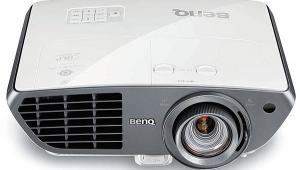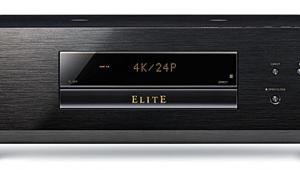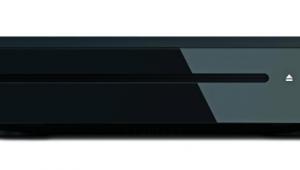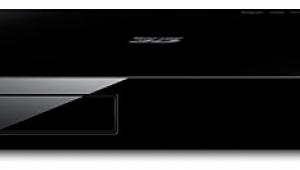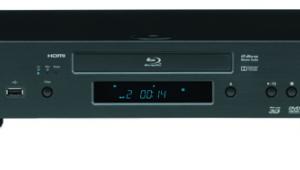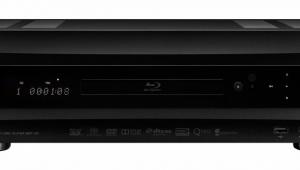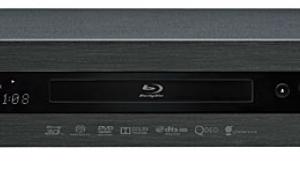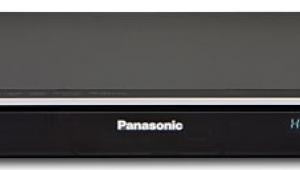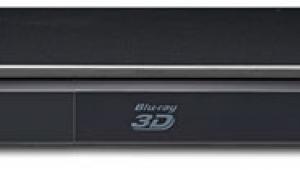I've been wondering who the first Oppo competitor to include HDMI inputs would be. Cambridge Audio should come as no surprise, as their Azur universal players have been going toe to toe with Oppo's higher-end offerings for years. I will say this about the company though--Cambridge Audio's DACMagic is the only DAC that corrects the delay that my Integra DHC-80.3 introduces to my Sonos' zoneplayer signal (my old 80.2 also added a delay in direct mode.) My Oppo BDP-105's DACs can't even get rid of this delay. Cambridge knows how to do DAC technology well. (I, also, found the inclusion of the filters to be somewhat dubious, as I haven't been able to hear any differences in the 3 DACMagic filters).
Great review, Kris.
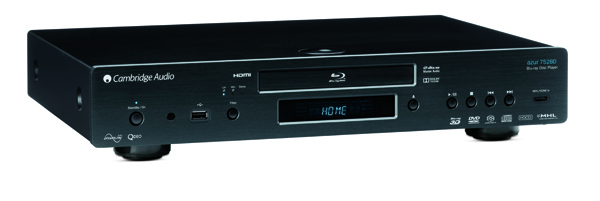
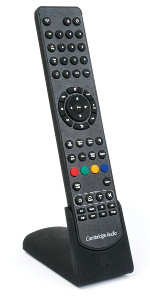 I spent about a week listening to the Azur 752BD before I went into comparisons with anything else. I wanted to see how much I would enjoy it for day-to-day listening, and I must say, this is one sweet-sounding piece. I was immediately impressed with the textural details and how good the Azur brought out even the slightest nuance in everything I threw at it. Highs were delectable and vocals were rich without sounding overbright or cold. The soundstage was also a highlight. The Azur threw a very wide soundstage that extended well past my speakers and gave an amazing sense of dimension to good recordings.
I spent about a week listening to the Azur 752BD before I went into comparisons with anything else. I wanted to see how much I would enjoy it for day-to-day listening, and I must say, this is one sweet-sounding piece. I was immediately impressed with the textural details and how good the Azur brought out even the slightest nuance in everything I threw at it. Highs were delectable and vocals were rich without sounding overbright or cold. The soundstage was also a highlight. The Azur threw a very wide soundstage that extended well past my speakers and gave an amazing sense of dimension to good recordings.


